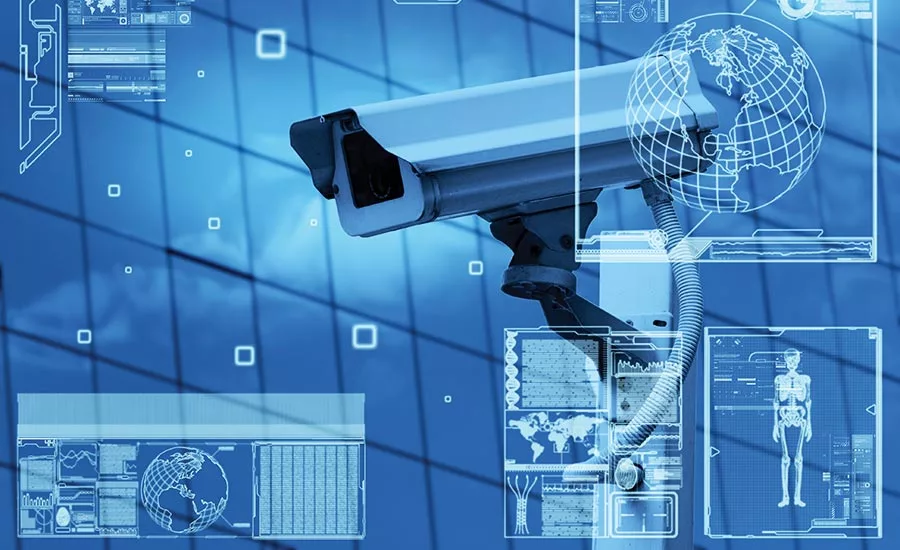How to Unlock the Intelligence in Today’s Security Systems

Organizations of every type and size are always looking to make more informed decisions. In order to do better and plan for the changing world, they want to have access to as much information as possible. And, rather than implementing a new information gathering system, many are looking to mine the data already being collected by their physical security systems.
But it’s not enough to simply access this data. You need to make sense of it, and that’s where video analytics comes in. In general, analytics tools take large amounts of unstructured data and structure it to allow you to unlock its value. When you are able to correlate and extract information, you can gain all manner of insight into your business and environment.
Video analytics has been part of security systems for 10 to 15 years. Traditionally, security departments used video analytics as a reactive tool that could detect something in a live video stream and then create an event that operators could respond to. But, organizations have come to realize that you can use video, access control and license plate recognition for more than surveillance.
Since then, video analytics has evolved considerably in terms of analyzing data with new algorithms that are able to extract information from video streams. In addition, with advancements in hardware, we can now leverage more computing power to extract very reliable data from our video streams.
And the industry itself is getting better at presenting the mined data in more consumable ways. We’re seeing a more end-user-oriented approach towards the development of systems. Instead of just providing all the data that is available, solution providers are looking at what users actually need and how to present that information in the clearest possible way.
With all these advancements, organizations can now structure their data to optimize resources and to make better business decisions. Currently, there are three verticals where video analytics are already having a huge impact: retail, airports and traffic.
Retail: Understanding Your Customer
One of the main contributing factors to the incredible success that online companies like Amazon have achieved is their ability to collect, analyze and use the vast amounts of data their customers produce. When a store knows its consumer, it can tailor every shopping experience to suit their needs. Brick and mortar stores are now asking how they can possibly compete.
The answer is video analytics. Offline retailers see video analytics as a key tool for gathering information about how many people come into their stores, what they do while there, and which products they are looking at. Using this information, they can calculate conversion rates: how many people go into their stores vs. how many people actually buy products. Then, with greater understanding of their customers’ behavior, they can make informed business decisions, including item placement and staff optimization, to better serve shoppers.
Airports: Improve Passenger Flow
Airports are also looking to make better business decisions that will improve customer traffic and increase revenue. In particular, they are looking for ways to optimize the flow of people through their spaces to make the process of boarding and disembarking as efficient as possible.
Video analytics is a great tool for understanding how long people stand in security lines, where roadblocks occur and where people gather. With this information, airports can optimize their staffing, reduce known congestion sites, and inform passengers where they should go and how long they can expect to wait in security lines. This will allow people to move through lines and checkpoints as quickly as possible, which can result in a direct increase in the revenue generated by duty-free shopping.
Traffic: Keep Everything Moving
Despite the fact that popular media suggests that Big Brother is watching, cities do not, in fact, always have as comprehensive an understanding of what is happening on their streets as they could. We are seeing a big push in smart cities to measure traffic in a reliable and flexible way. The data collected and understood through video analytics can provide cities with valuable information about what’s happening on their roads, how many cars are on a given street or how many cars are going through a specific intersection.
This data can be invaluable for city planning, particularly when it comes to traffic coordination. City planners and traffic engineers can use this information, for example, to re-route traffic through alternative routes during rush hour to avoid congestion and to optimize the flow of vehicles through their streets. This would not only make commuters happy, but could also reduce car emissions as vehicles would travel at a more consistent speed.
A Means to Create Value
Ultimately, video analytics is a means of creating value in many different industries through a variety of solutions. With its growing success, video analytics will likely move away from existing as a separate application. Instead, video analytics will run in the background of different kinds of applications without end users being aware of its presence. They will simply appreciate the business value that they get out of their applications.
Looking for a reprint of this article?
From high-res PDFs to custom plaques, order your copy today!






